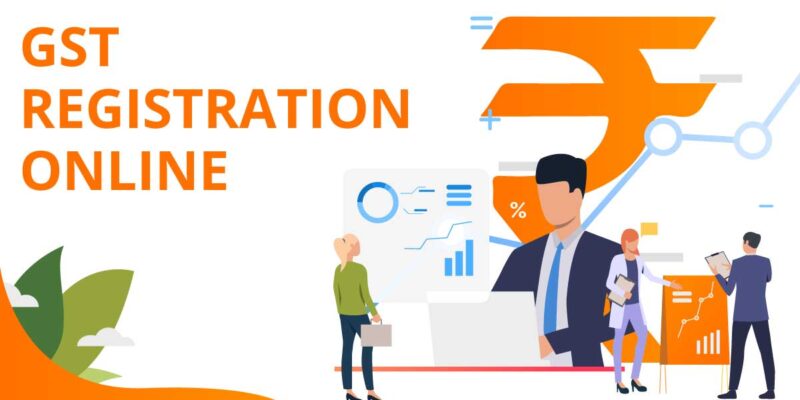Launched on 1 July 2017, the Goods & Services Tax (GST) applies to all Indian service providers (including freelancers), traders and manufacturers. A variety of Central taxes like Service Tax, Excise Duty, CST and state taxes like Entertainment Tax, Luxury Tax, Octroi, VAT are accumulated in the GST. Also, taxpayers with a turnover of less than ₹1.5 crore can choose a composition scheme to get rid of tedious GST formalities and pay GST at a fixed rate of turnover.
Every product goes through multiple stages along the supply chain, including purchasing raw materials, manufacturing, selling to the wholesaler, selling to the retailer and then the final sale to the consumer. Interestingly, GST will be levied on all of these 3 stages. Let’s say if a product is produced in West Bengal but is being consumed in Uttar Pradesh, the entire revenue will go to Uttar Pradesh.

